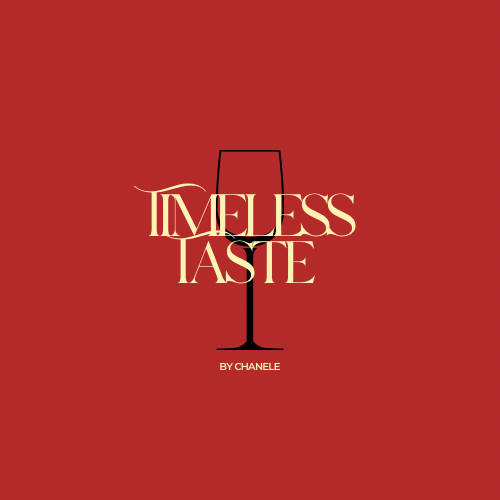
WINE 101
〰️
WINE 101 〰️
A wine essentials overview gives a great foundation for understanding the world of wine. Here’s a breakdown of the key elements:
Types of Wine
Wine Essentials
Red Wine: Made from dark-colored grape varieties, red wines have tannins and are often bold, with flavors ranging from fruity to earthy. Common types: Cabernet Sauvignon, Merlot, Pinot Noir, Syrah/Shiraz, Zinfandel.
Sparkling Wine: Contains carbon dioxide, giving it a bubbly texture. The most famous is Champagne, but there are also Prosecco, Cava, and other sparkling wines.
Dessert Wine: These are sweeter wines, often with higher alcohol content. Examples include Port, Sauternes, and Ice Wine.
White Wine: Typically lighter and crisper, white wines are made from green grapes. They’re often more refreshing and can range from sweet to dry. Common types: Chardonnay, Sauvignon Blanc, Pinot Grigio, Riesling.
Rosé Wine: Made from red grapes, but with limited contact with the skins, giving it a pink color. It combines qualities of red and white wines, usually light and refreshing.
Wine Regions
Old World: Refers to traditional wine regions in Europe like France, Italy, Spain, and Germany. Wines from these regions are often named after the region (e.g., Bordeaux, Chianti, Rioja).
New World: Includes wine regions outside Europe, such as the U.S., Australia, Argentina, Chile, and South Africa. Wines from these regions are typically labeled by grape variety (e.g., Cabernet Sauvignon, Chardonnay).
Wine Tasting
Look: Observe the wine’s color and clarity. Red wines can range from deep purple to brick red, while white wines vary from pale yellow to golden.
Smell: Swirl the wine to release its aromas. Look for primary (fruit), secondary (fermentation-related), and tertiary (aging-related) aromas.
Taste: Take a sip and notice the balance of sweetness, acidity, tannin, and alcohol. Does it feel smooth or tannic (dry)? Is it fruity, floral, or earthy? A good wine has balance and harmony.
Finish: The lingering taste after swallowing is an important part of a wine's quality. A long, pleasant finish is a good sign.
Wine Pairing
Wine pairing enhances the dining experience. A general rule:
Red wines with red meats, pasta with tomato-based sauces, and hard cheeses.
White wines with lighter foods like chicken, seafood, and salads.
Rosé can work well with grilled meats and Mediterranean dishes.
Sparkling wines are great with salty or fried foods, and dessert wines are ideal with sweets.






